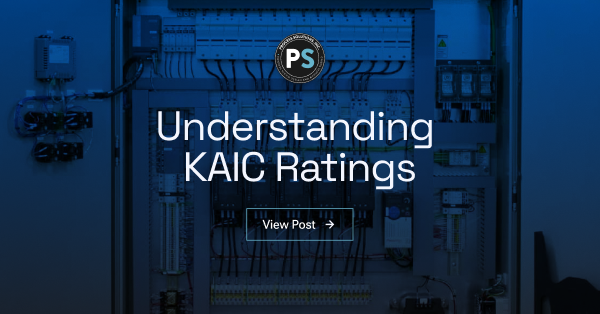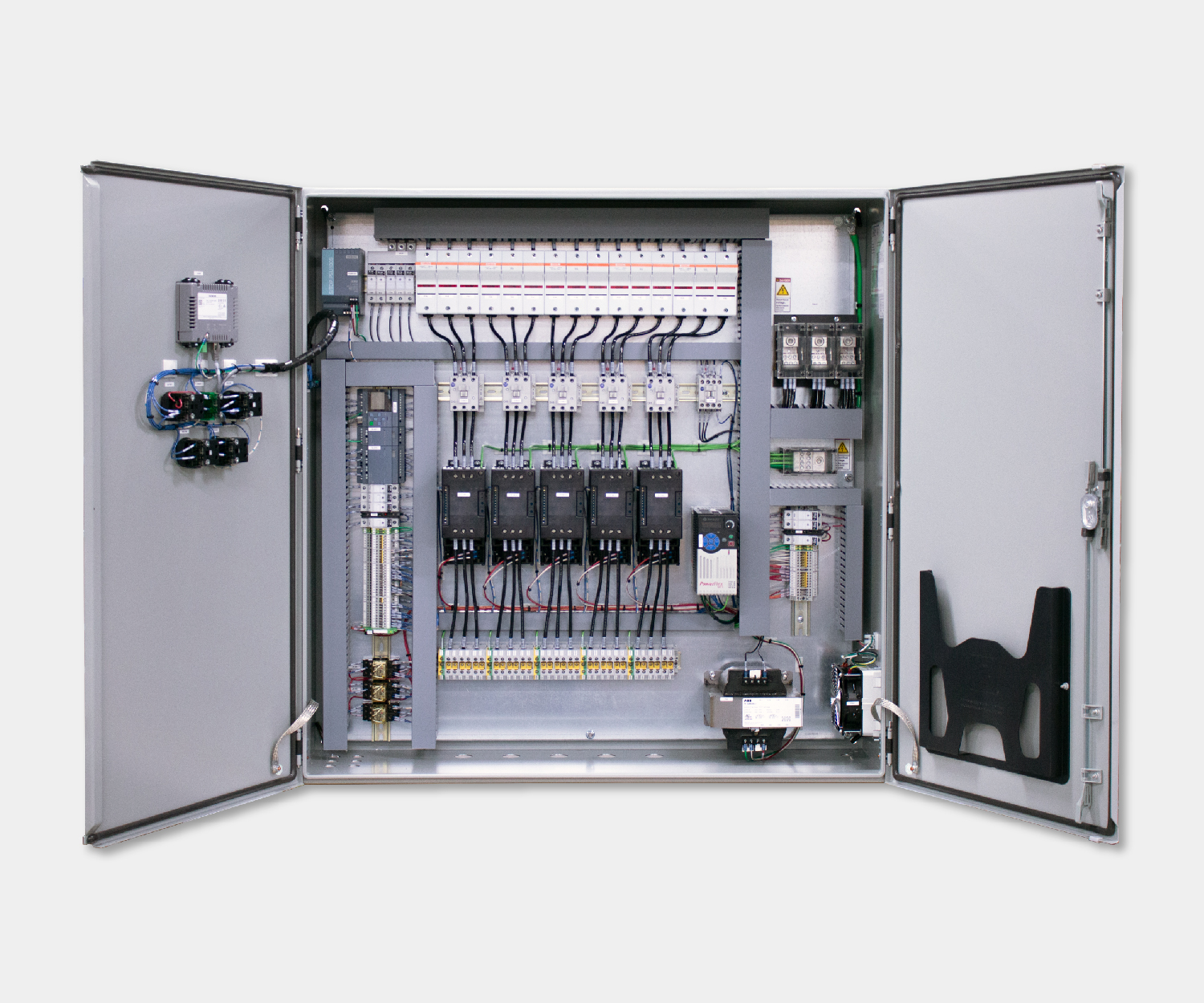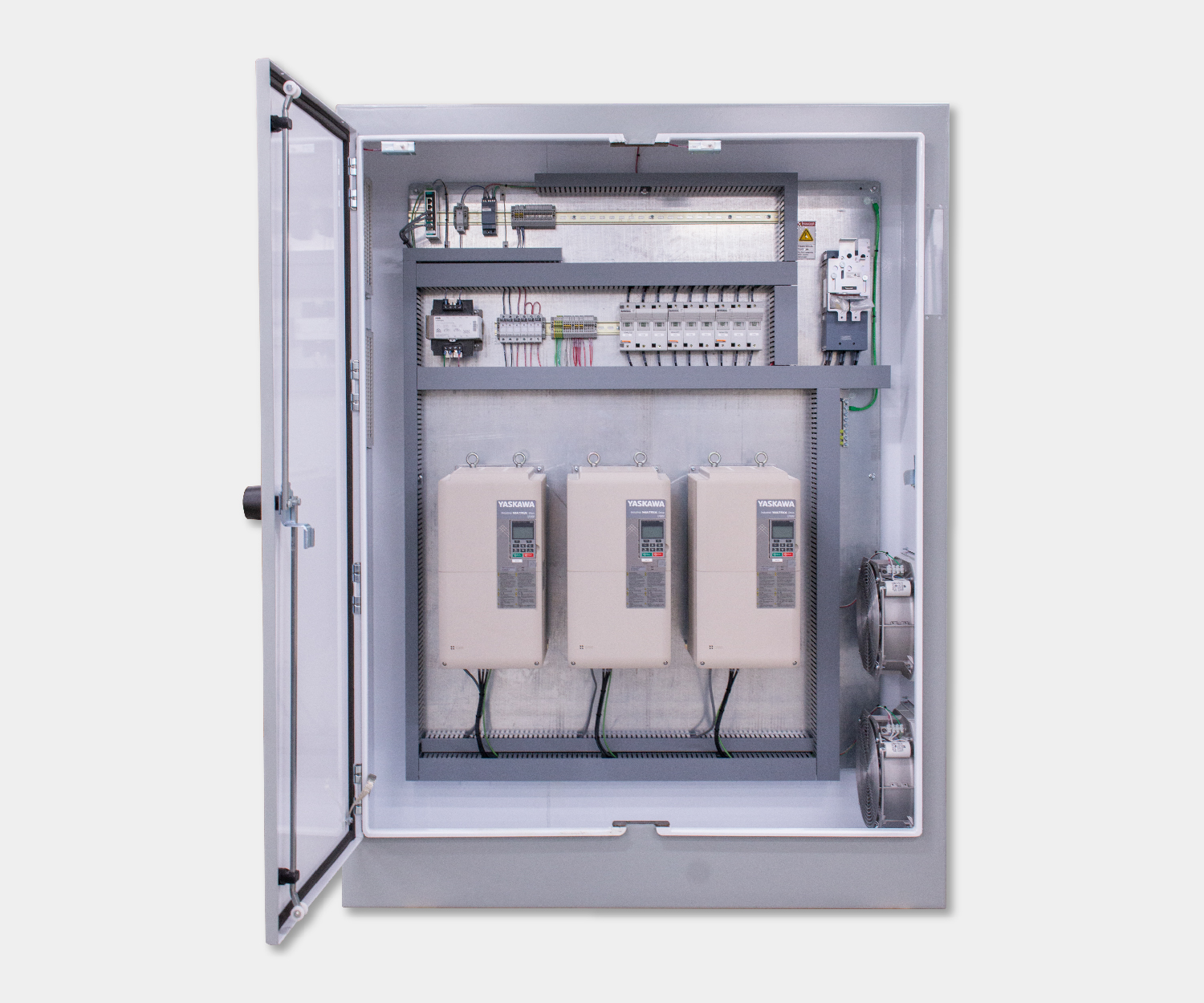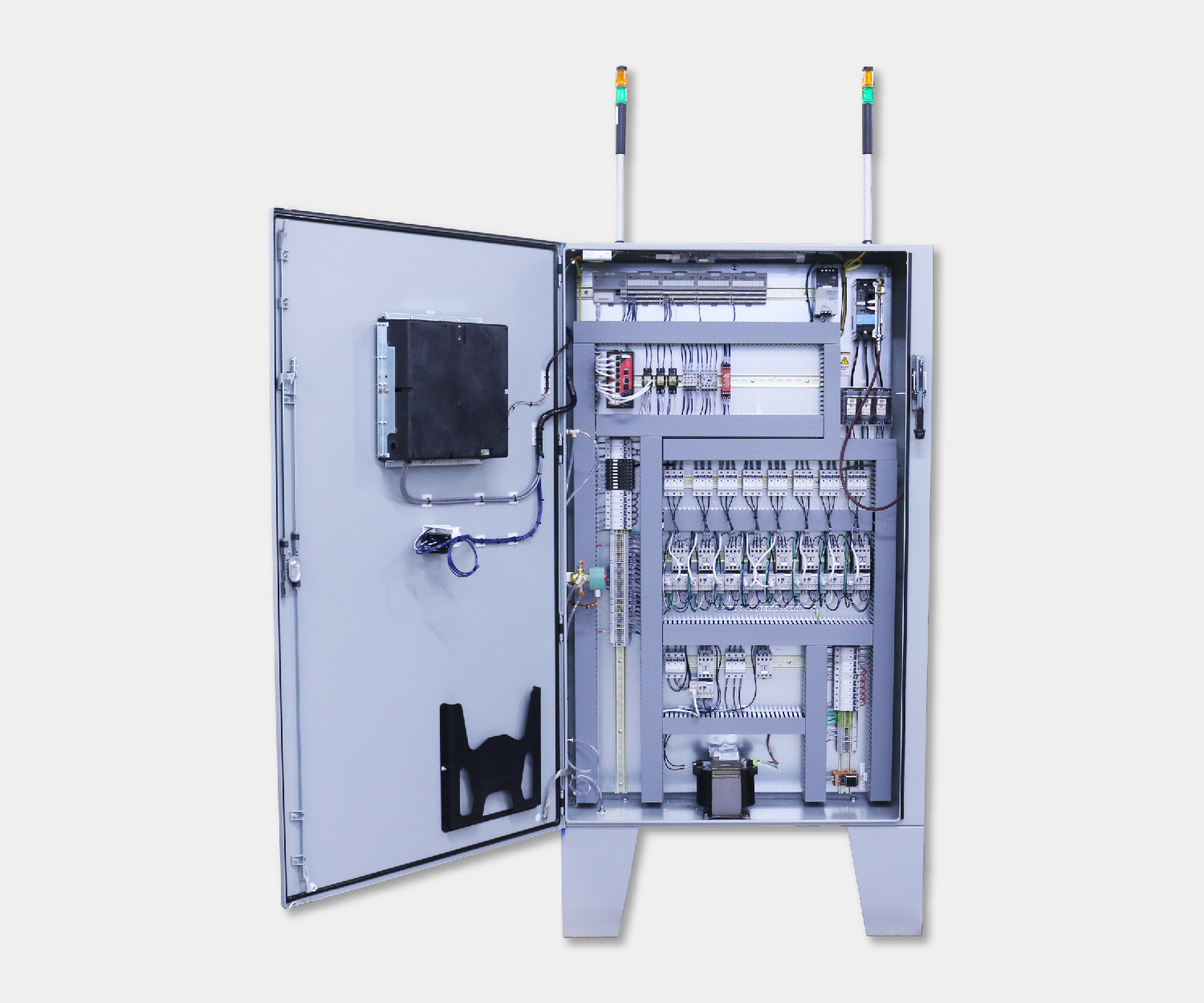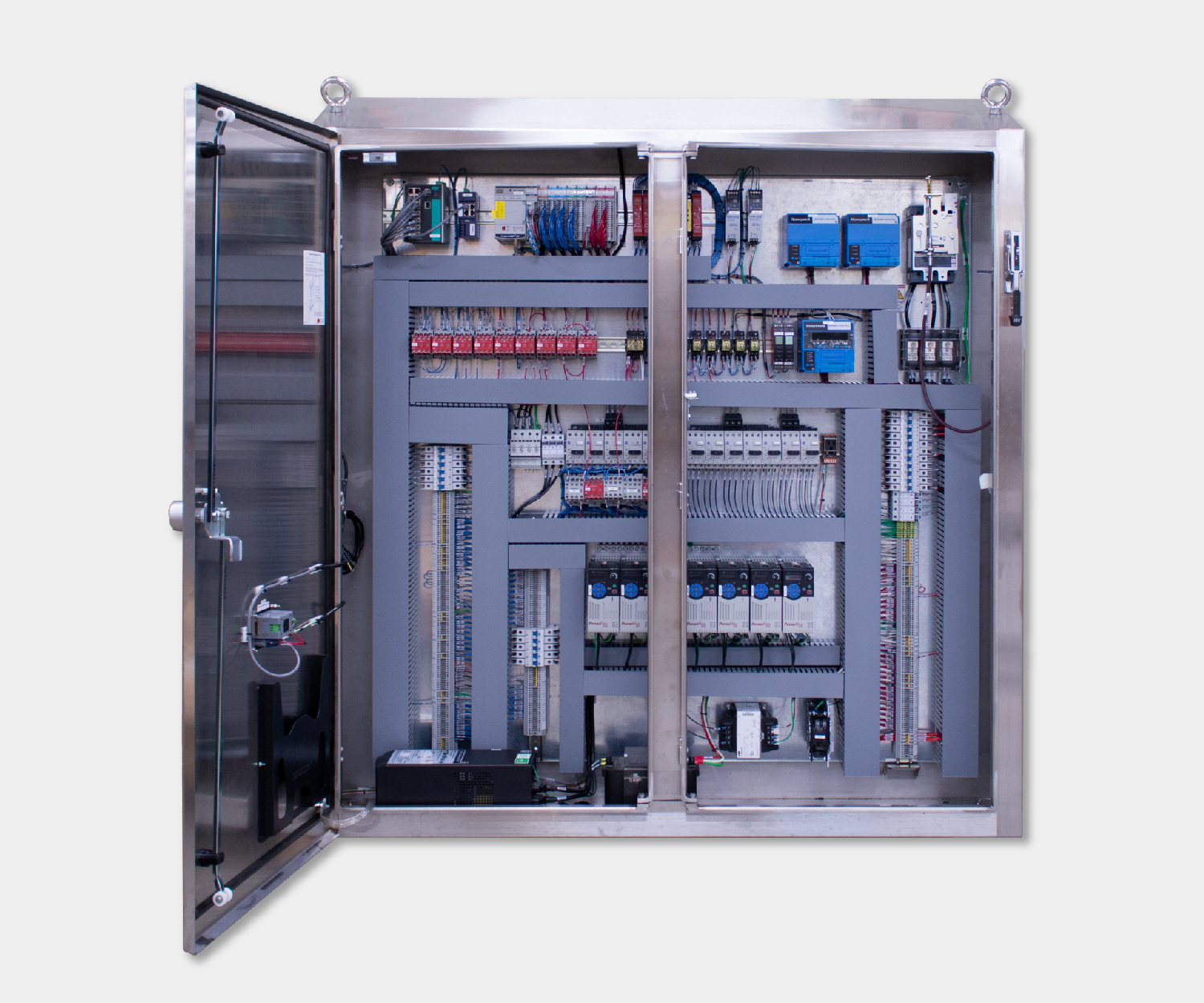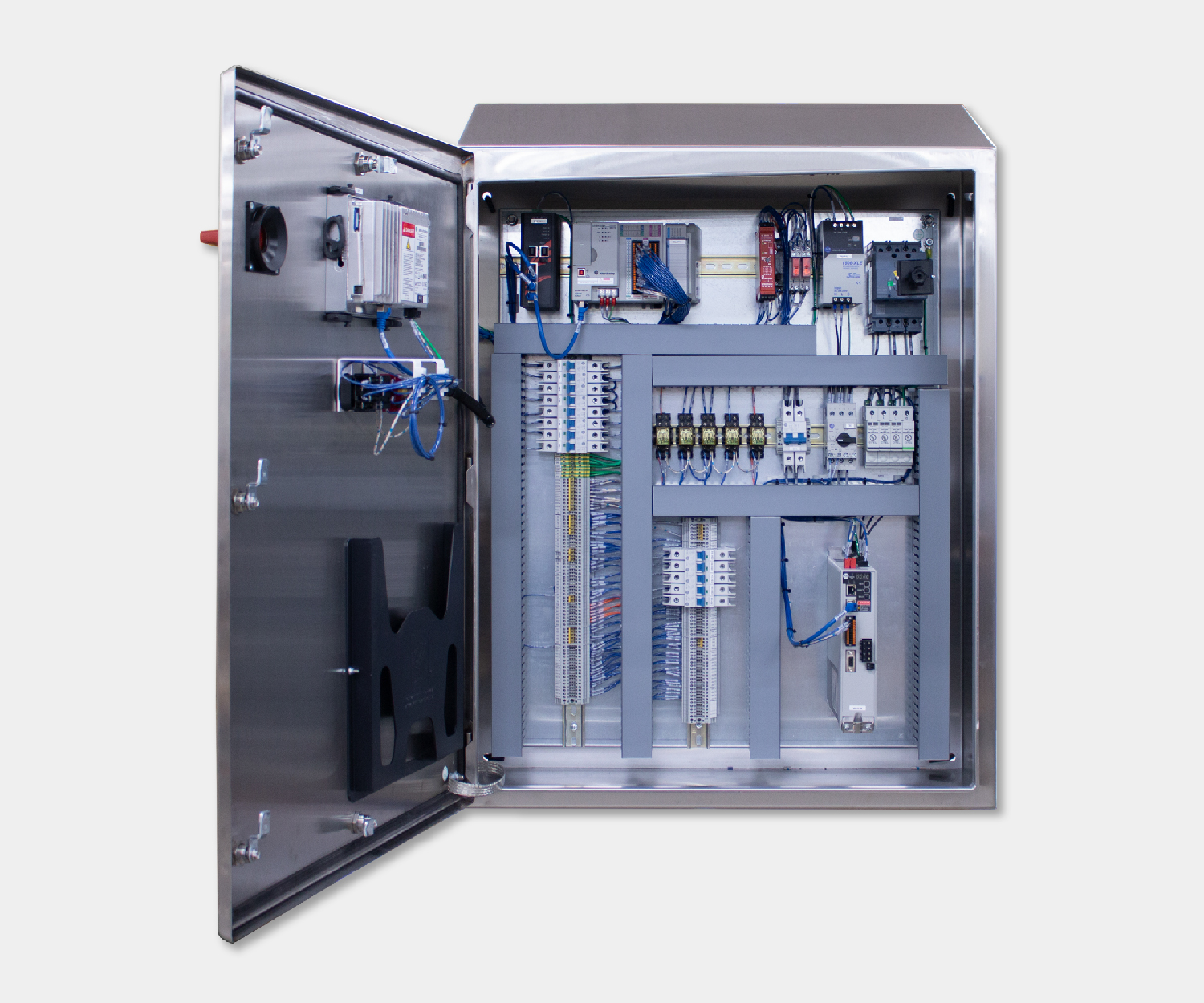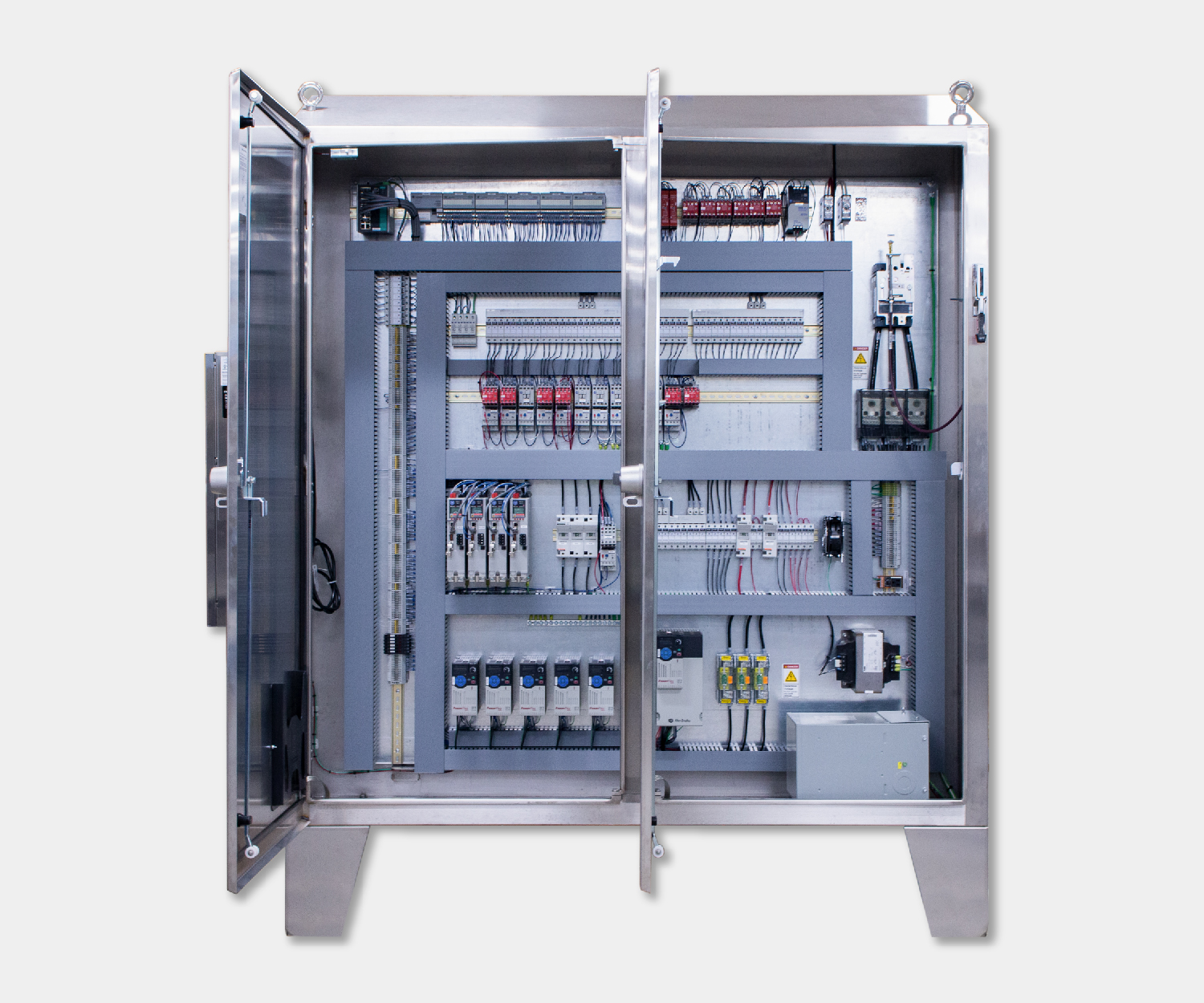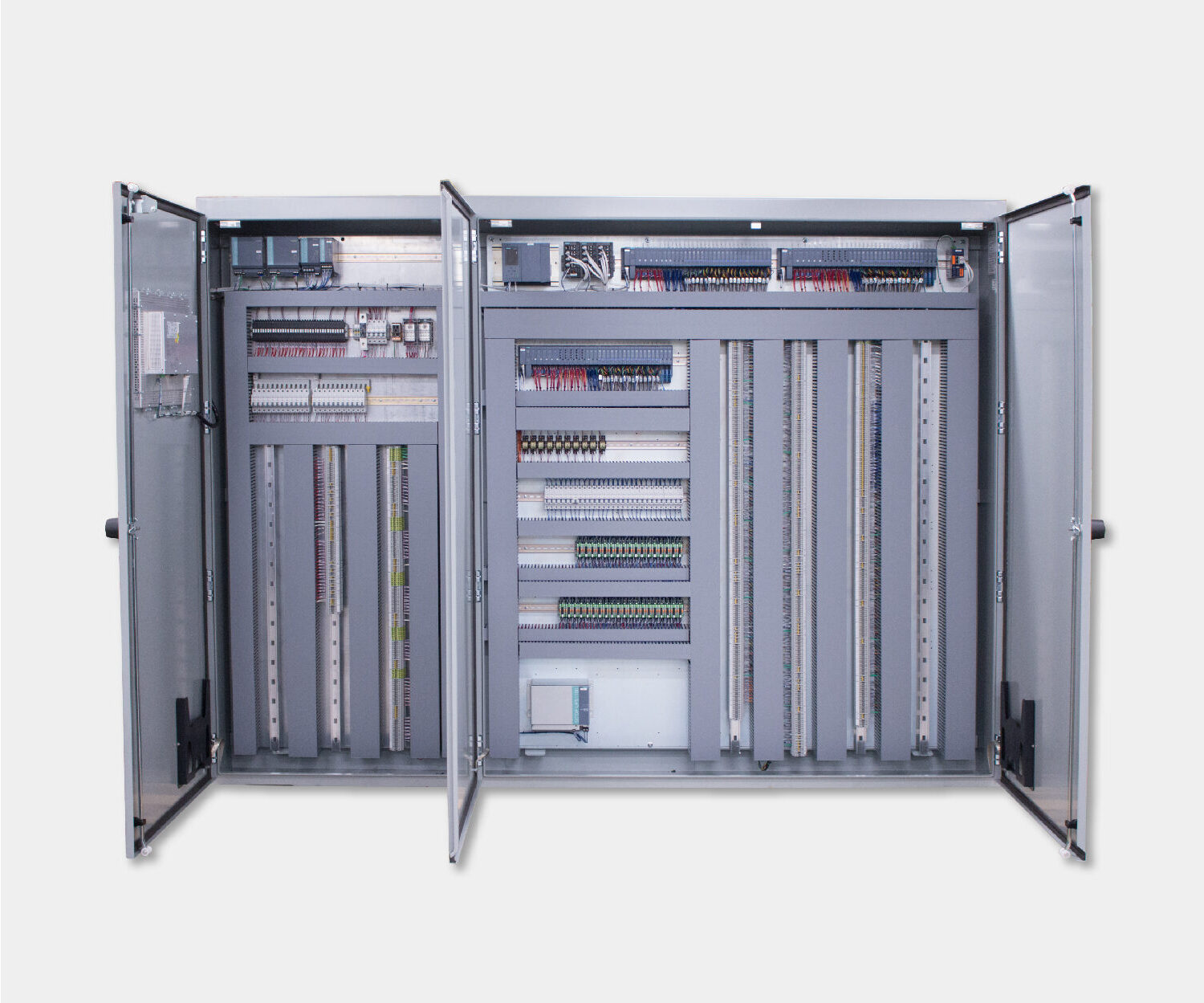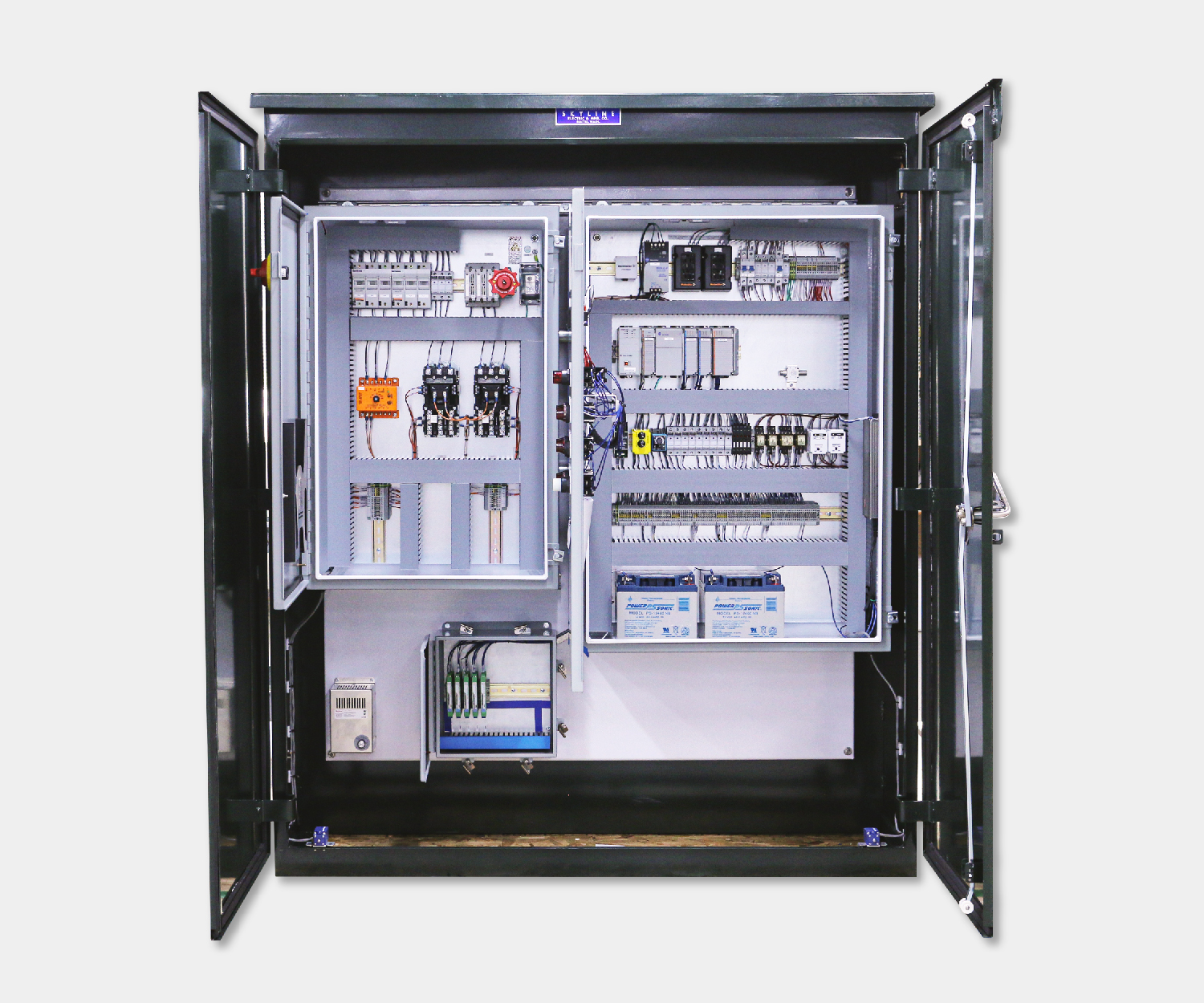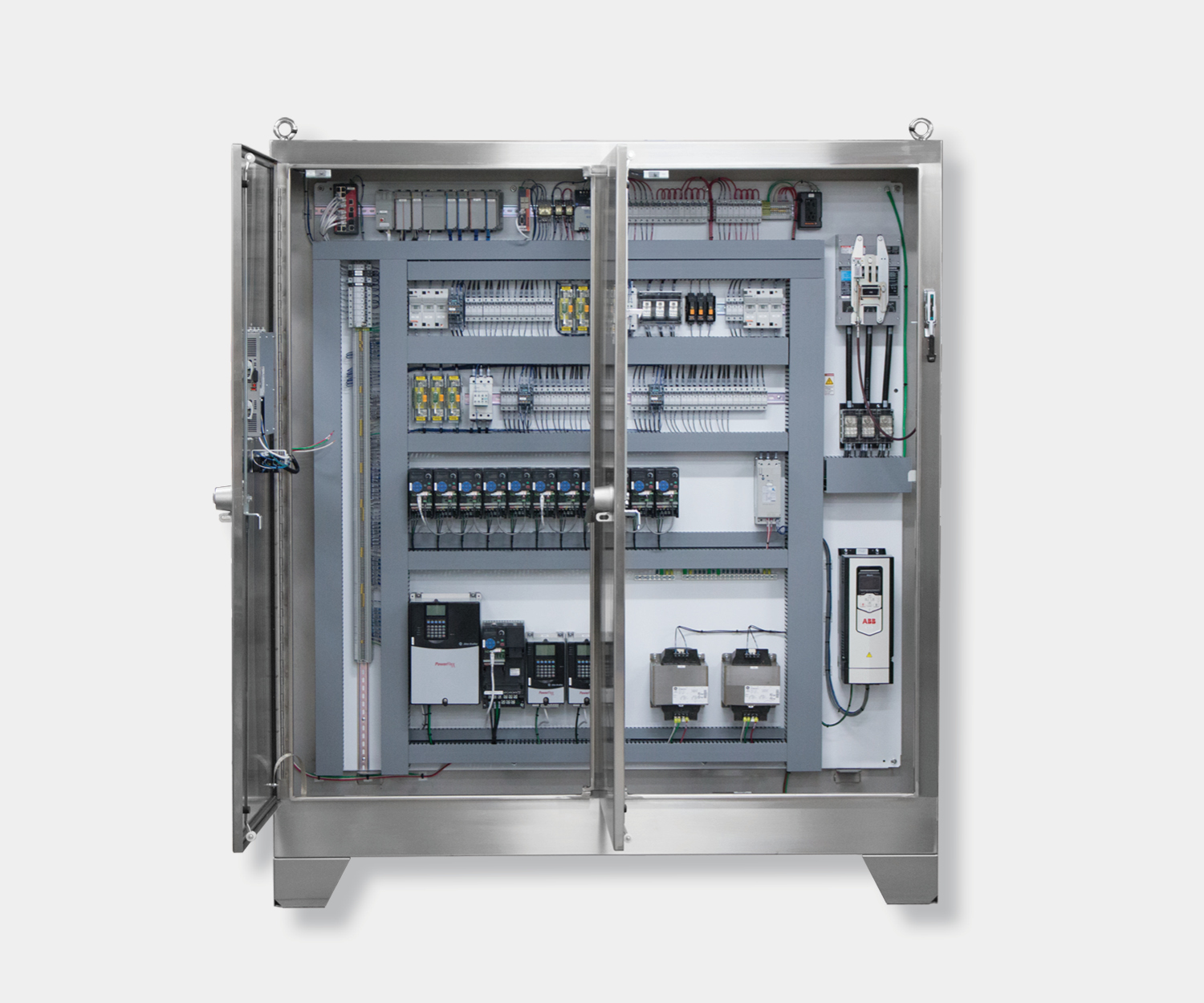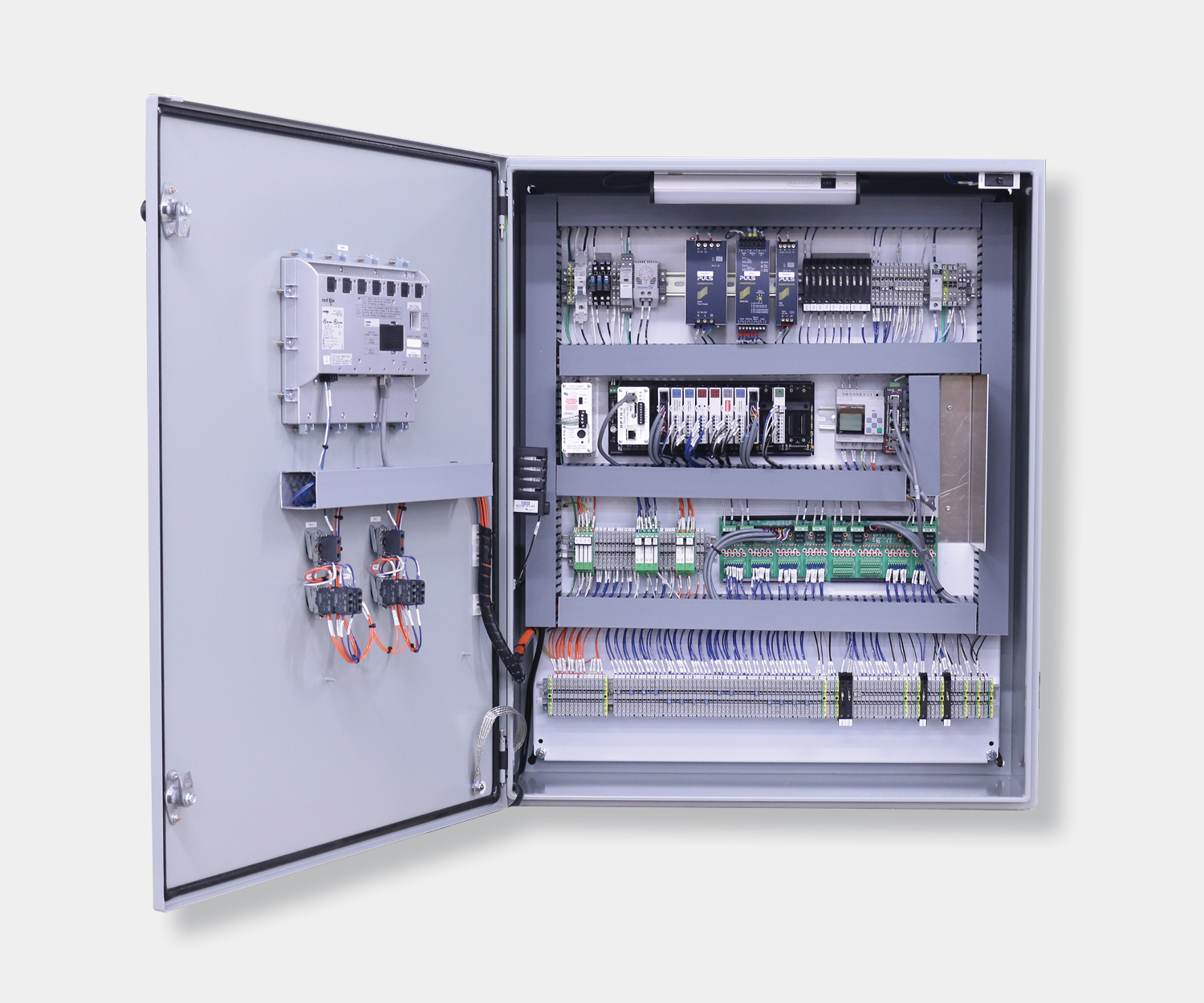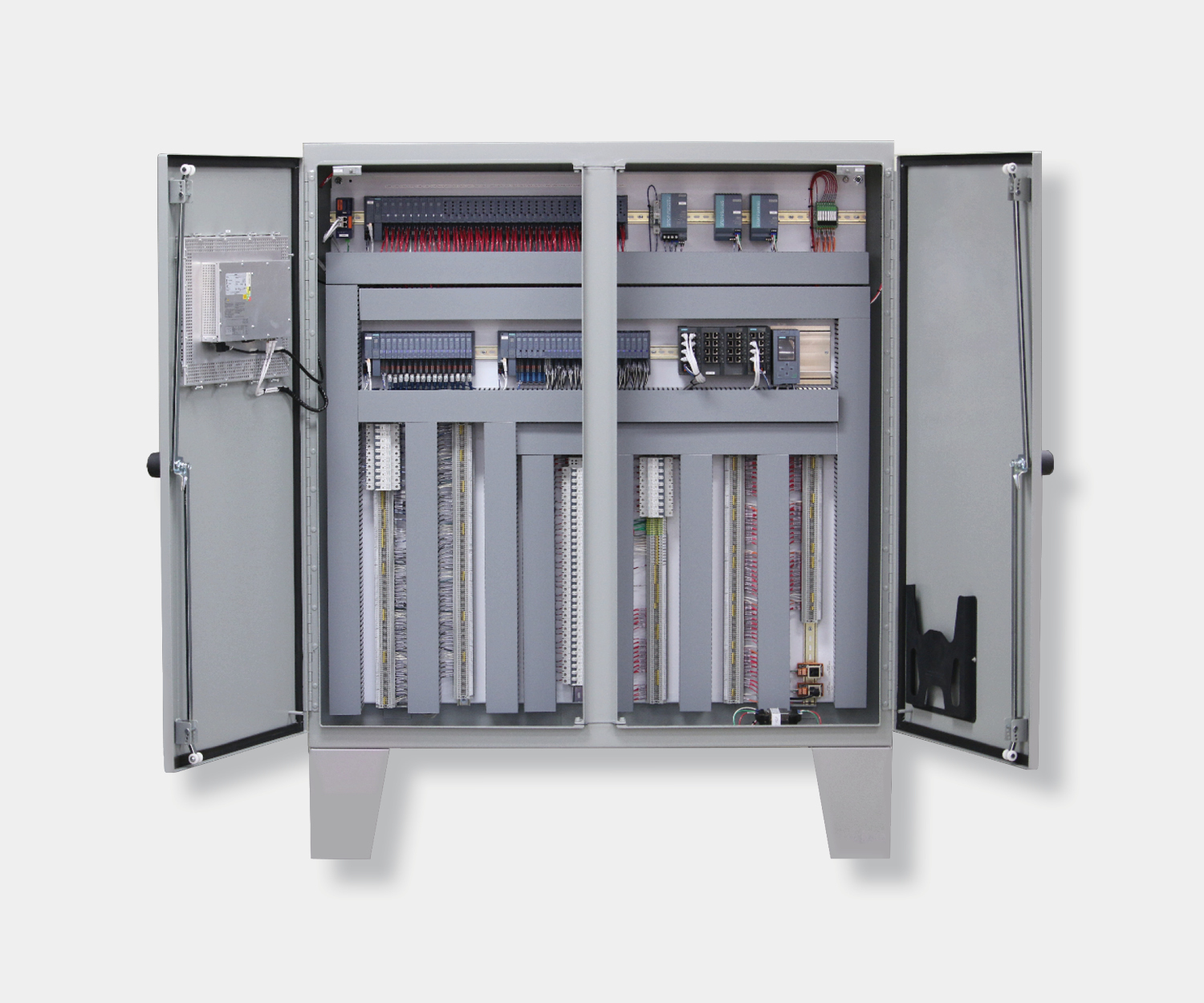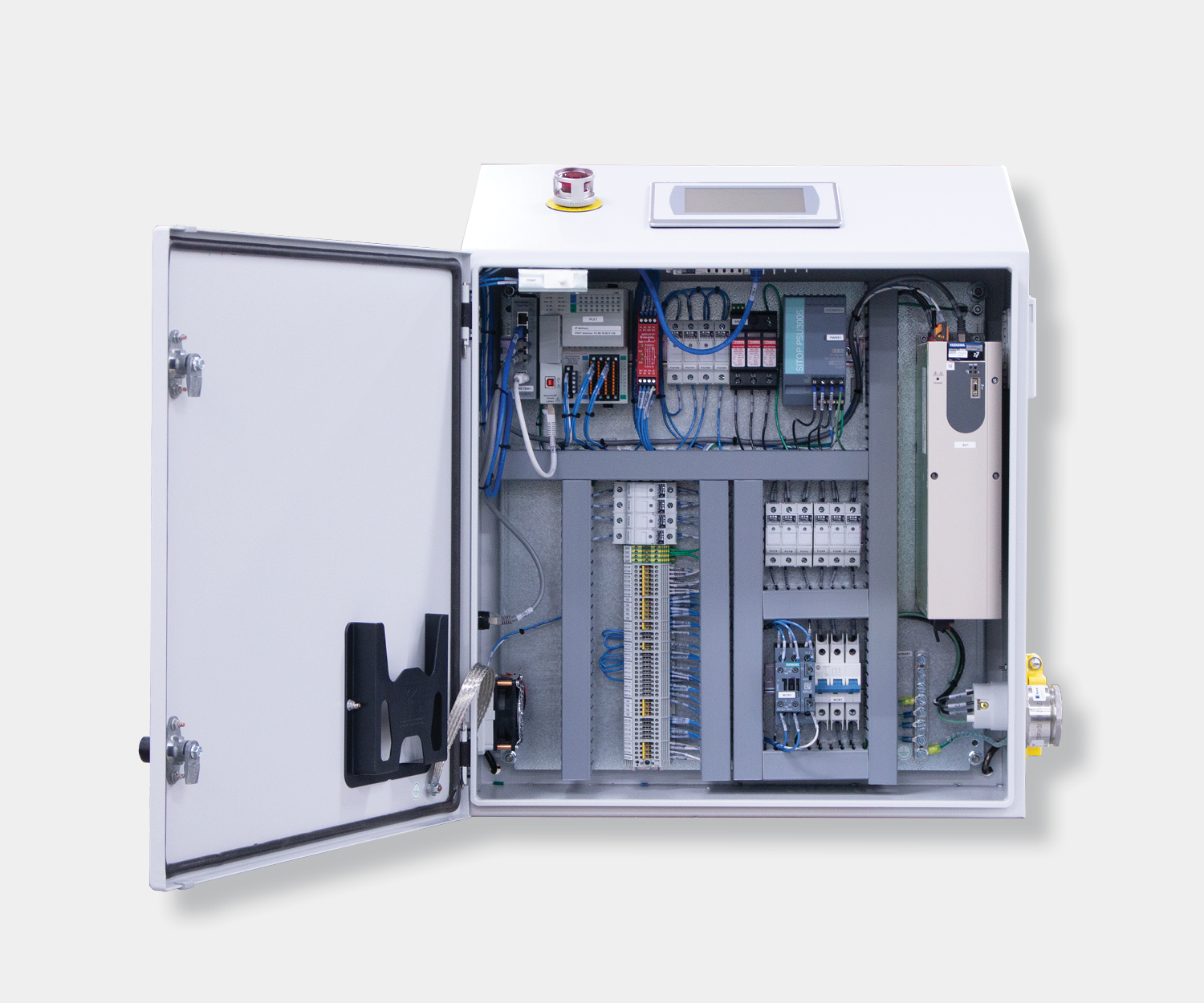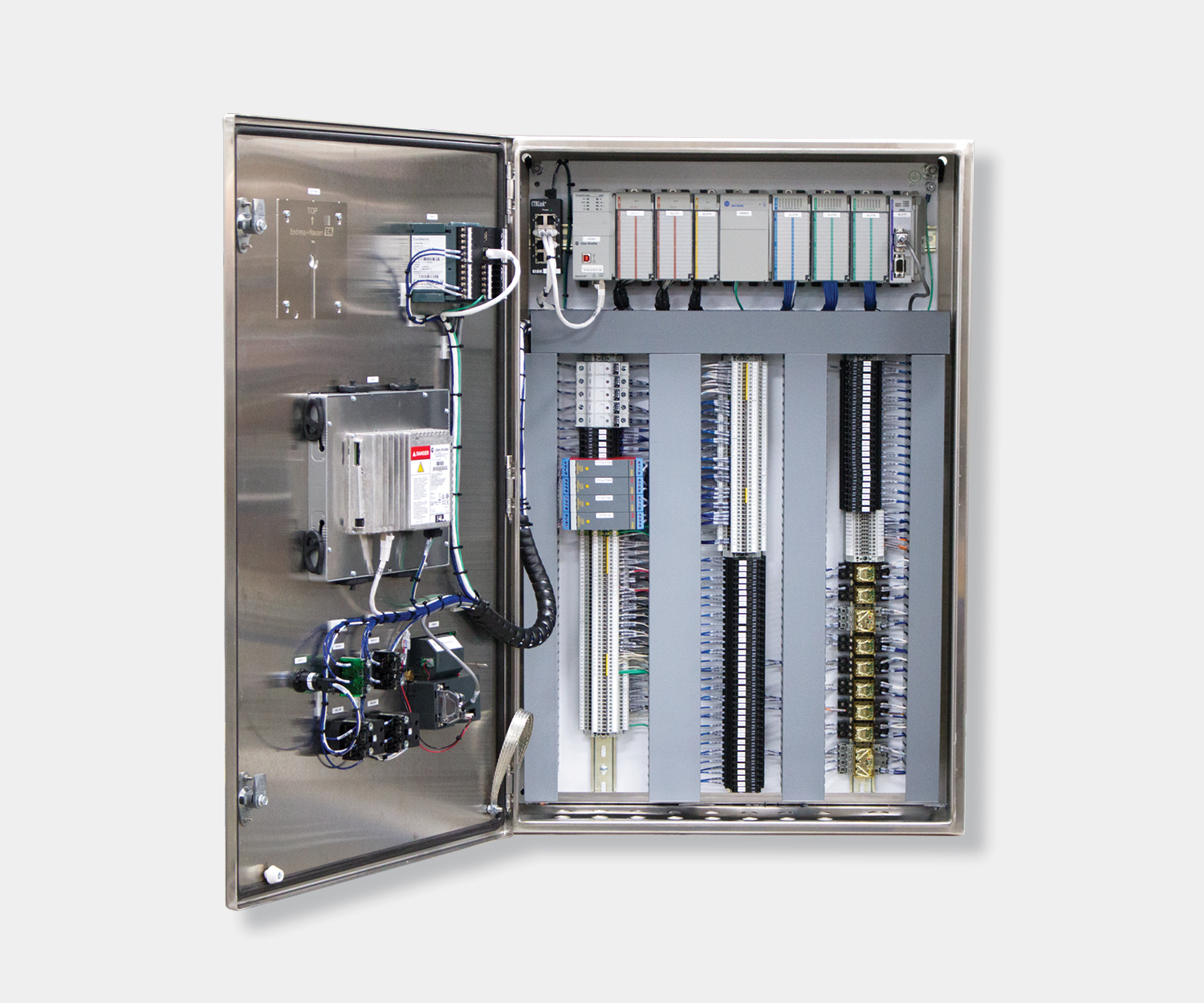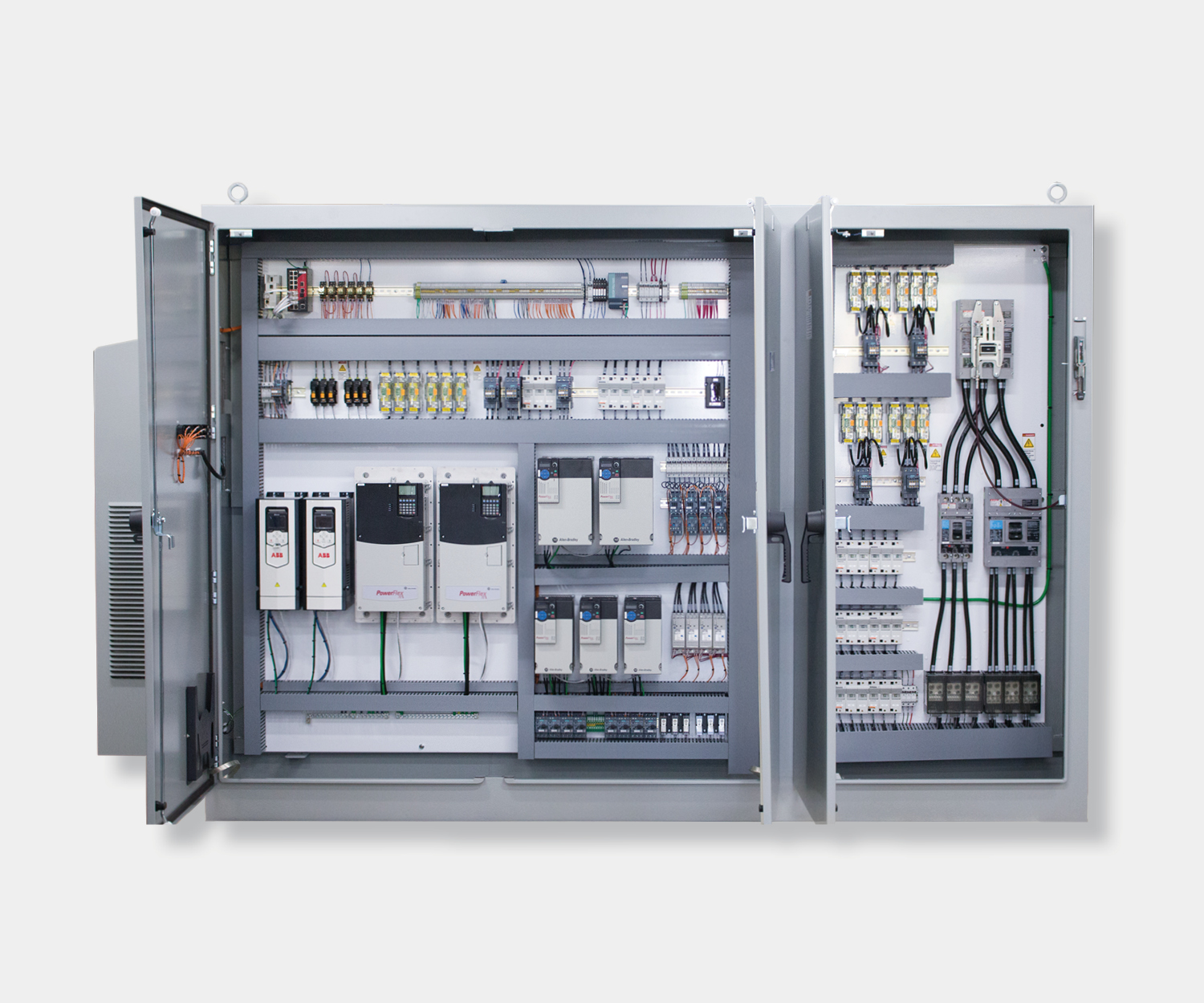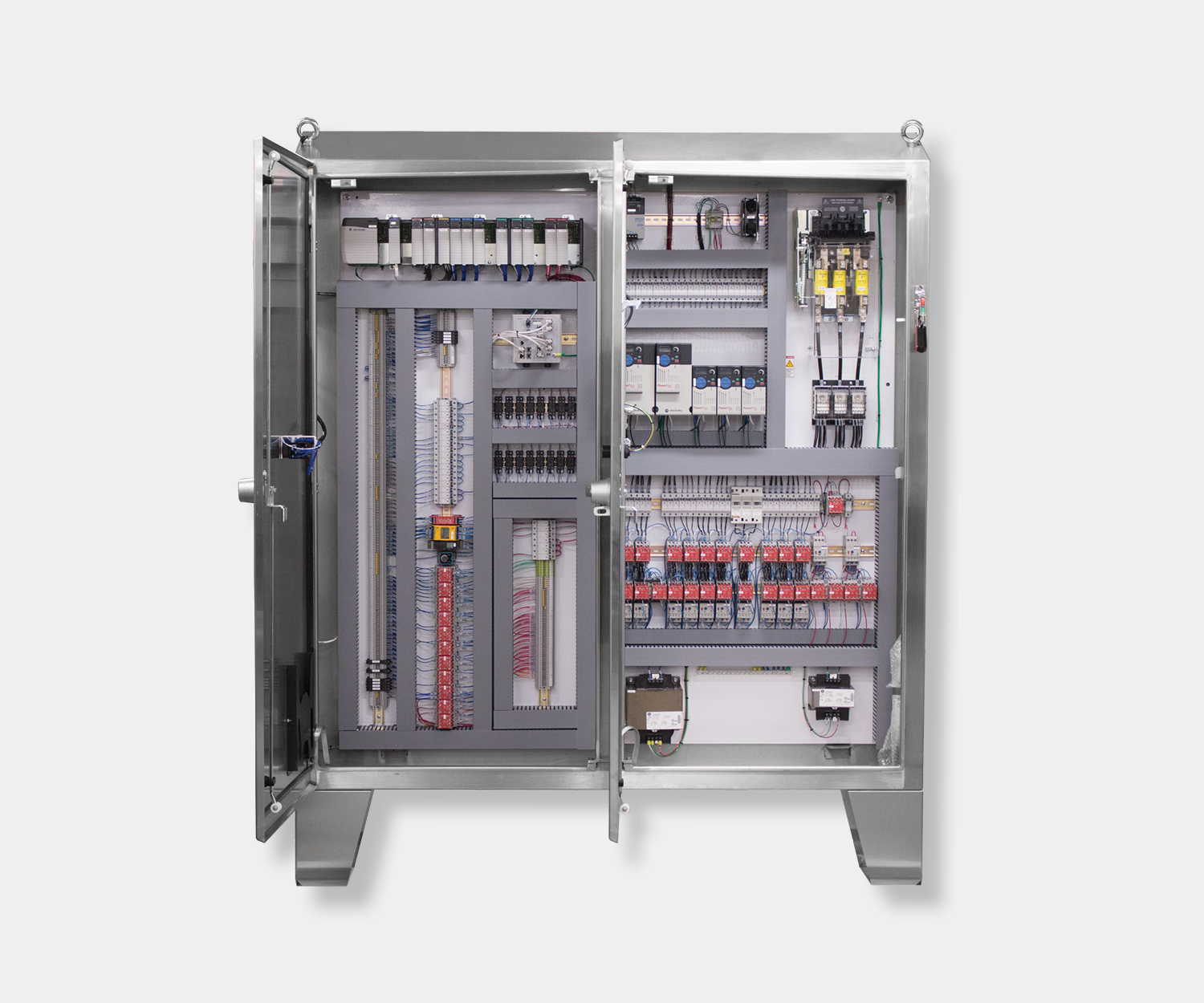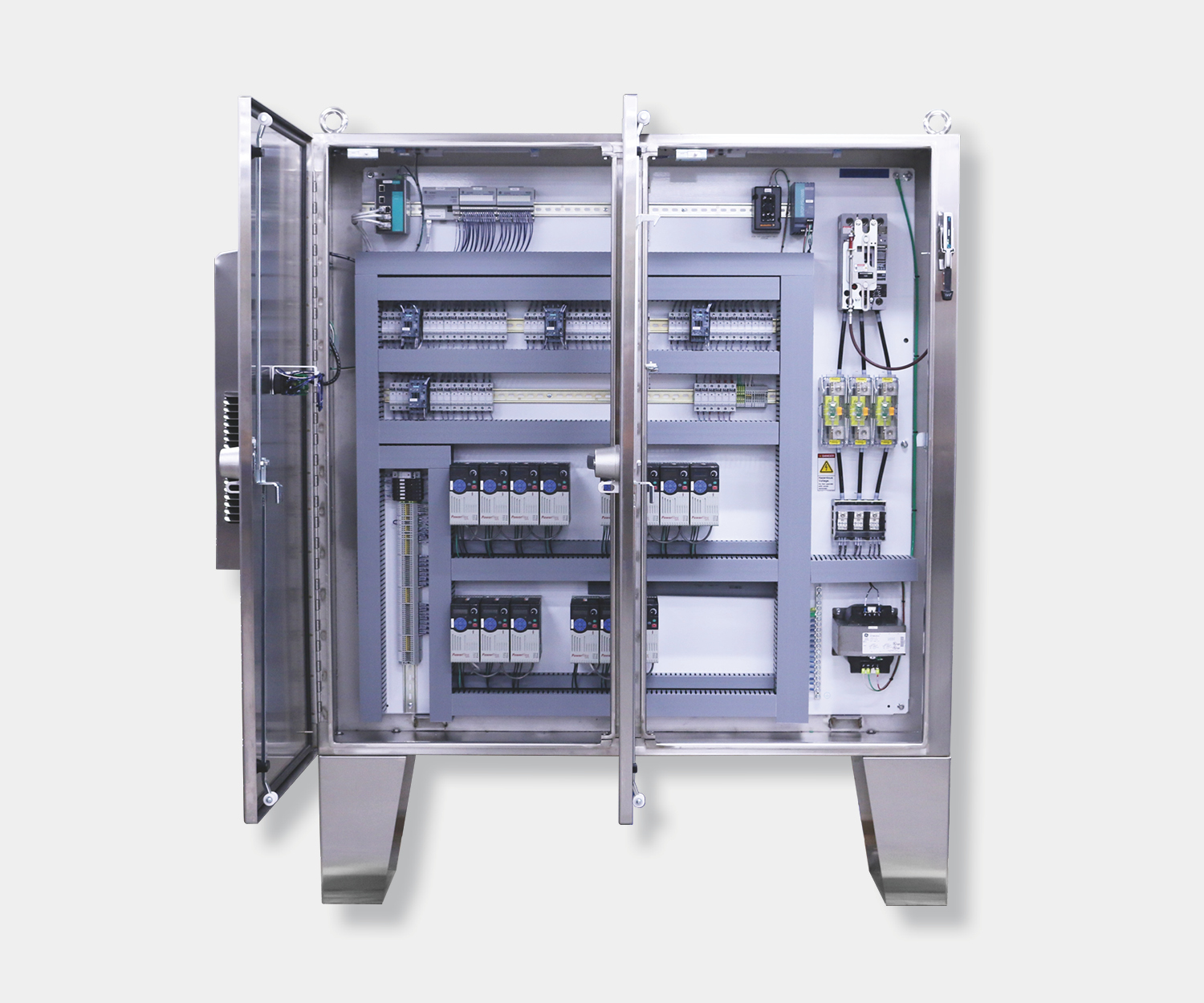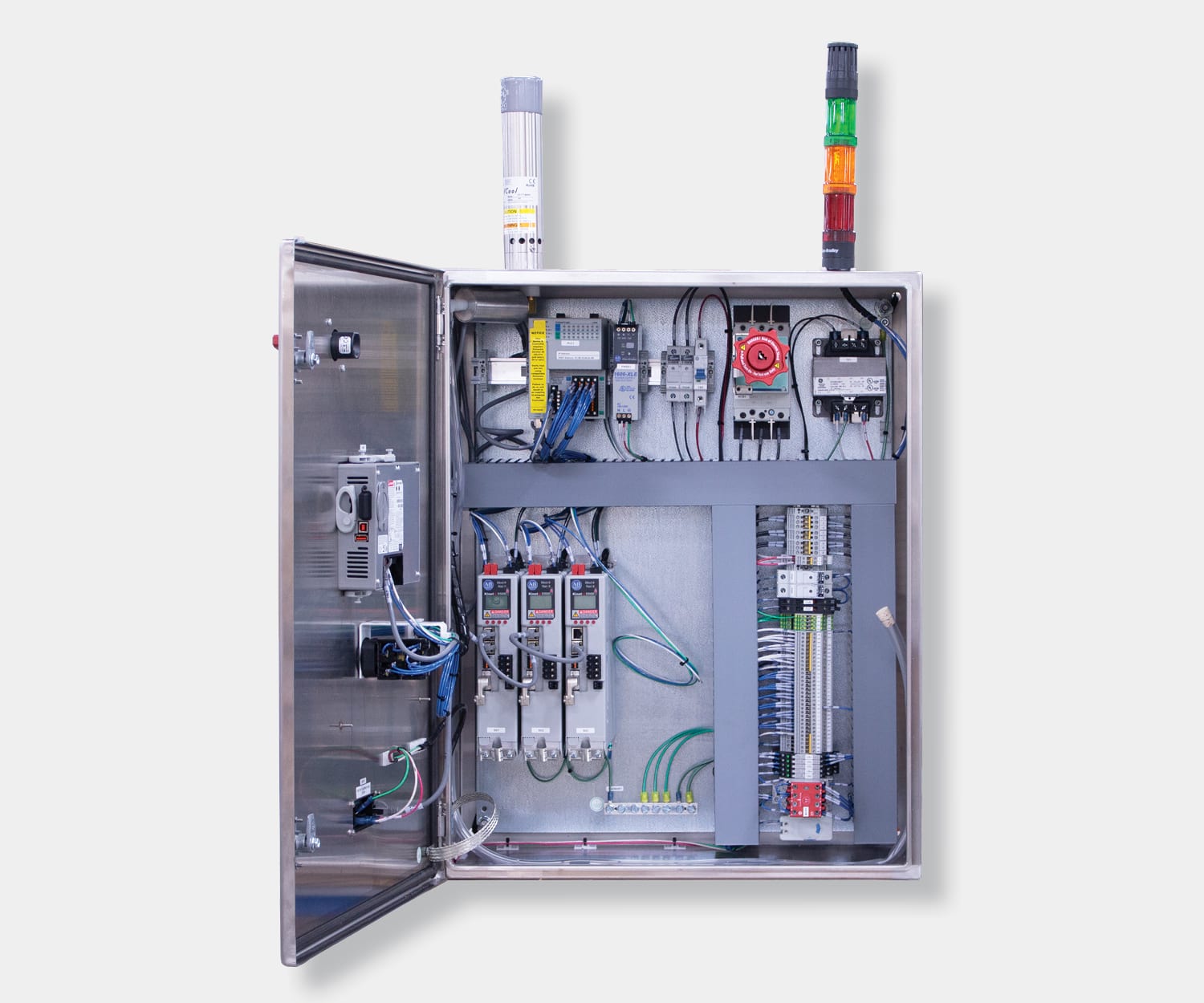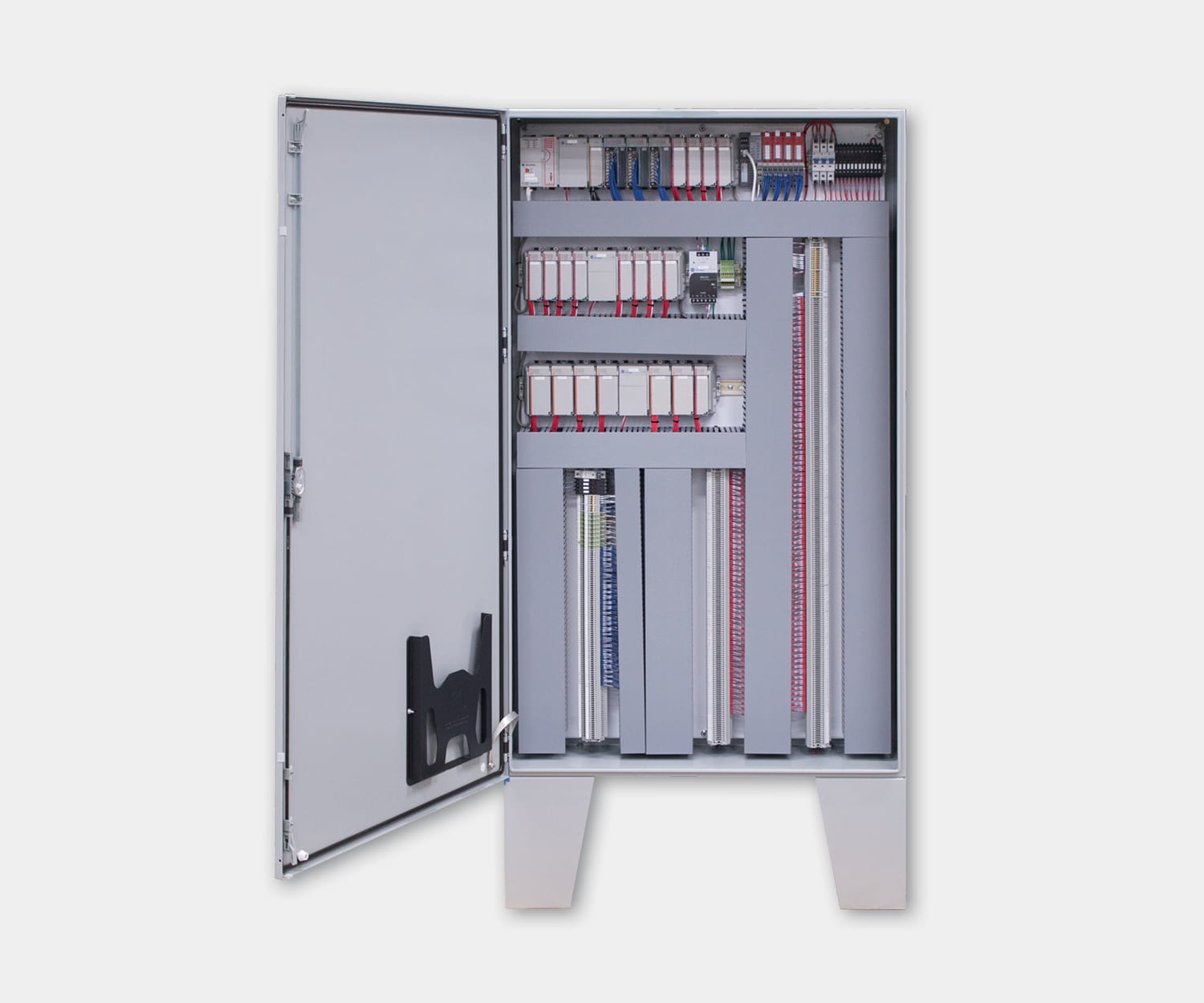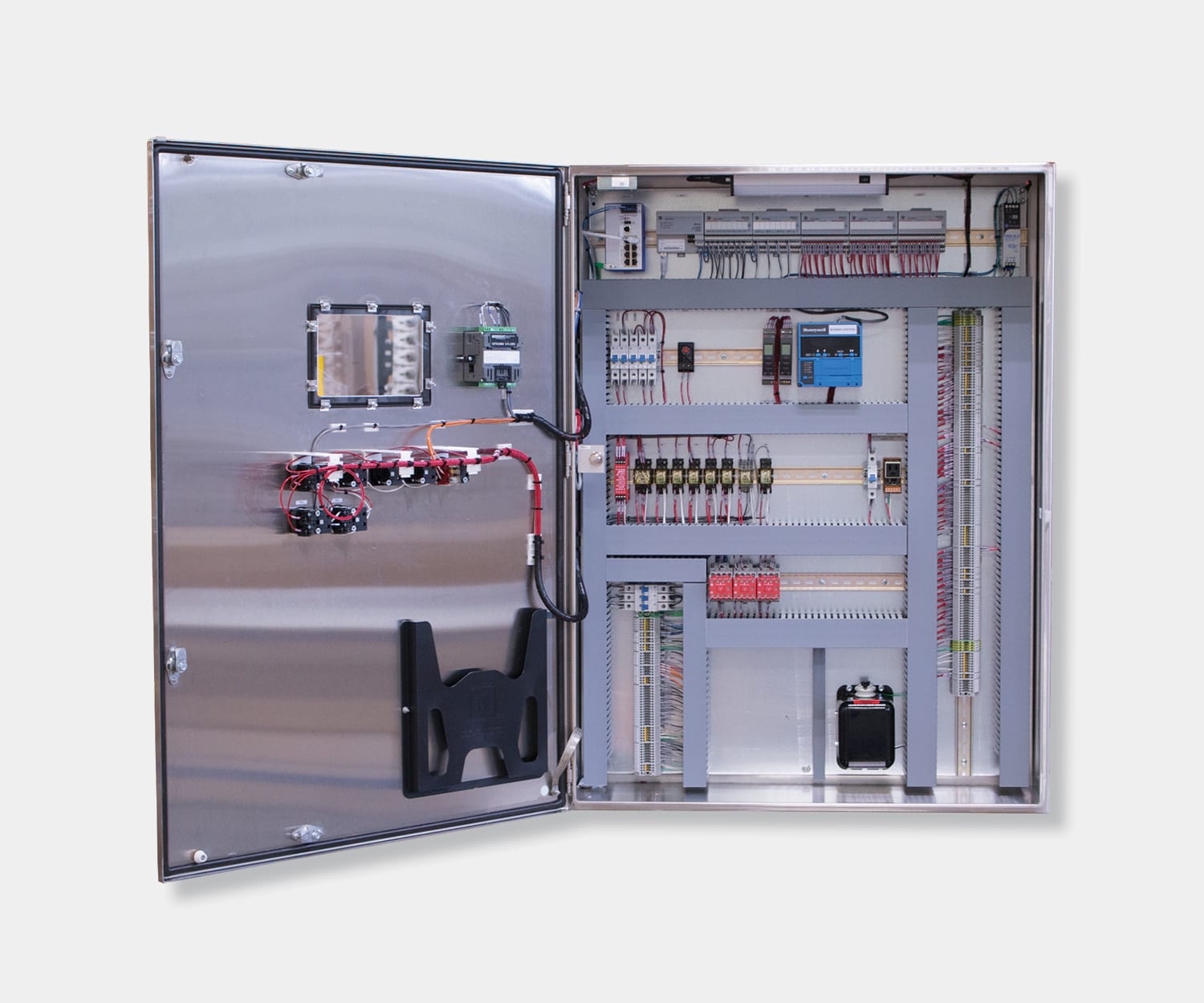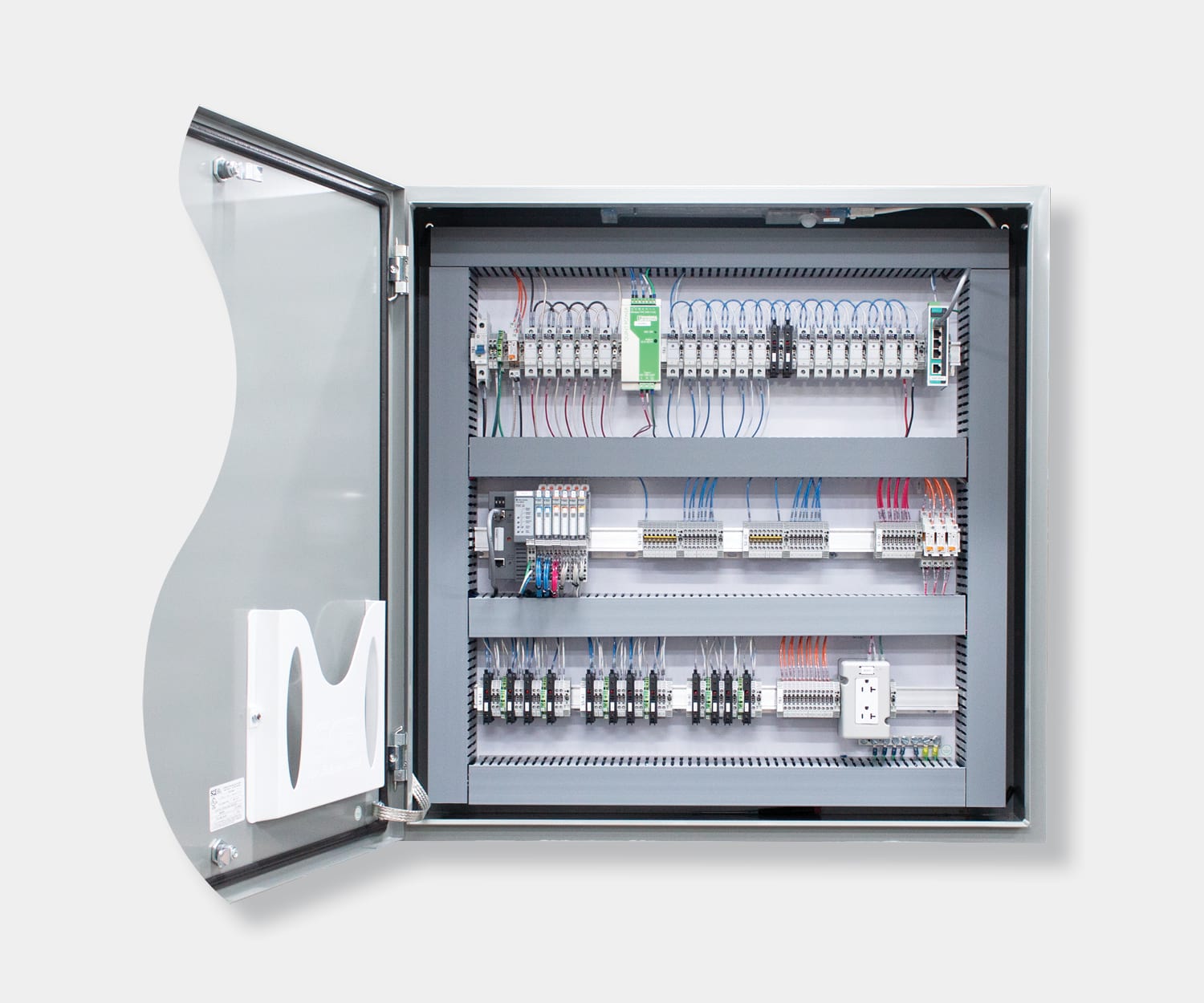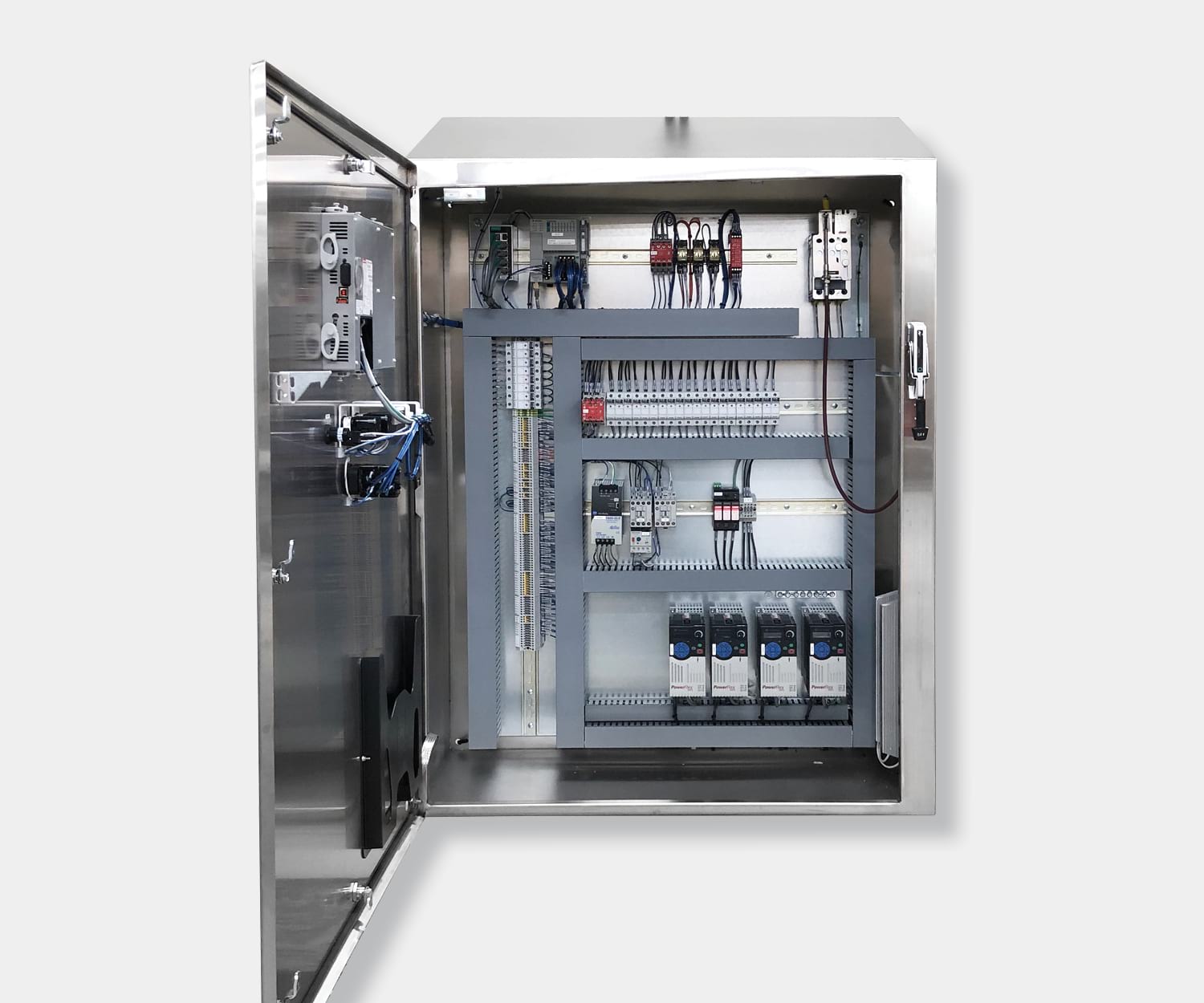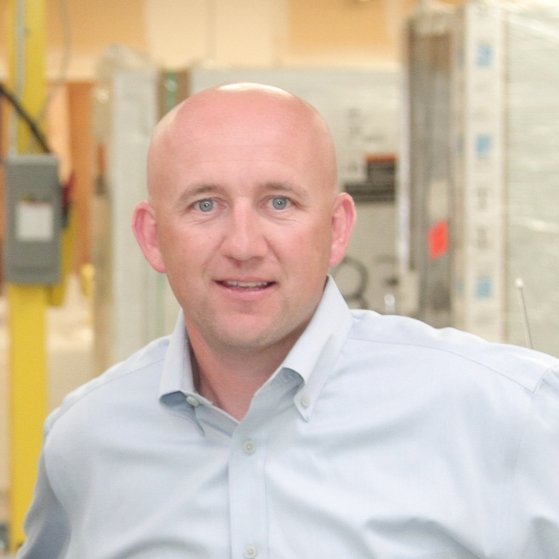The use of industrial robots and automation has seen exponential growth in the manufacturing sector over recent years. With improved production efficiency, safety, and quality assurance at the forefront of companies’ interests, it’s unsurprising that there is substantial ongoing investment and implementation of robotics in manufacturing facilities around the globe. While some may see robot automation as a potential threat, the reality is that when combined with employees, the benefits of industrial robotic automation are amplified and can help ensure manufacturers meet their production goals more efficiently.
High Productivity
Industrial robots can complete tasks with precision and repeatability without requiring stoppages or breaks. This ability to continuously operate without fatigue makes robots highly productive and can lead to a quick return on investment for manufacturers. The precision of robots also means fewer errors are made in the production process, which often corresponds with a decrease in waste and production costs as well.
Consistent Speed and Quality
Industrial robots can complete routine tasks at a consistent quality and speed, which can enable more predictable and increased production output and ensures products are always crafted with the same specifications. Industrial robots’ ability to complete routine tasks also allows employees to be assigned to work in roles that are both more complex and fulfilling, as well as less hazardous.
Improved Workplace Safety
Less room for error translates to improved workplace safety. Robots can work in environments and on tasks that are considered high-risk for human employees. For example, robots can work in environments with dangerous temperatures or higher associated risks such as in mining or certain types of manufacturing. By utilizing robotic automation systems for these tasks, manufacturers can significantly reduce the occupational hazards that employees may be exposed to.
Better Floor Space Utilization
Finally, robots do not require the same space as humans, meaning manufacturers can better utilize their floor space to fit additional inventory or production lines. For example, wide aisleways initially intended for human navigation can be condensed to allow for the minimum required clearance for a robot to navigate.
About Process Solutions
Located near Seattle Washington, Process Solutions is the Northwest’s largest control systems integrator. With 30+ years in business and over 100 engineers and technicians on staff, Process Solutions has the experience and capacity to take on almost any automation project. Process Solutions provides a wide range of control system services, including industrial control panels, PLC and HMI programming, machine automation systems, energy management and refrigeration systems, SCADA software, and machine monitoring software.

